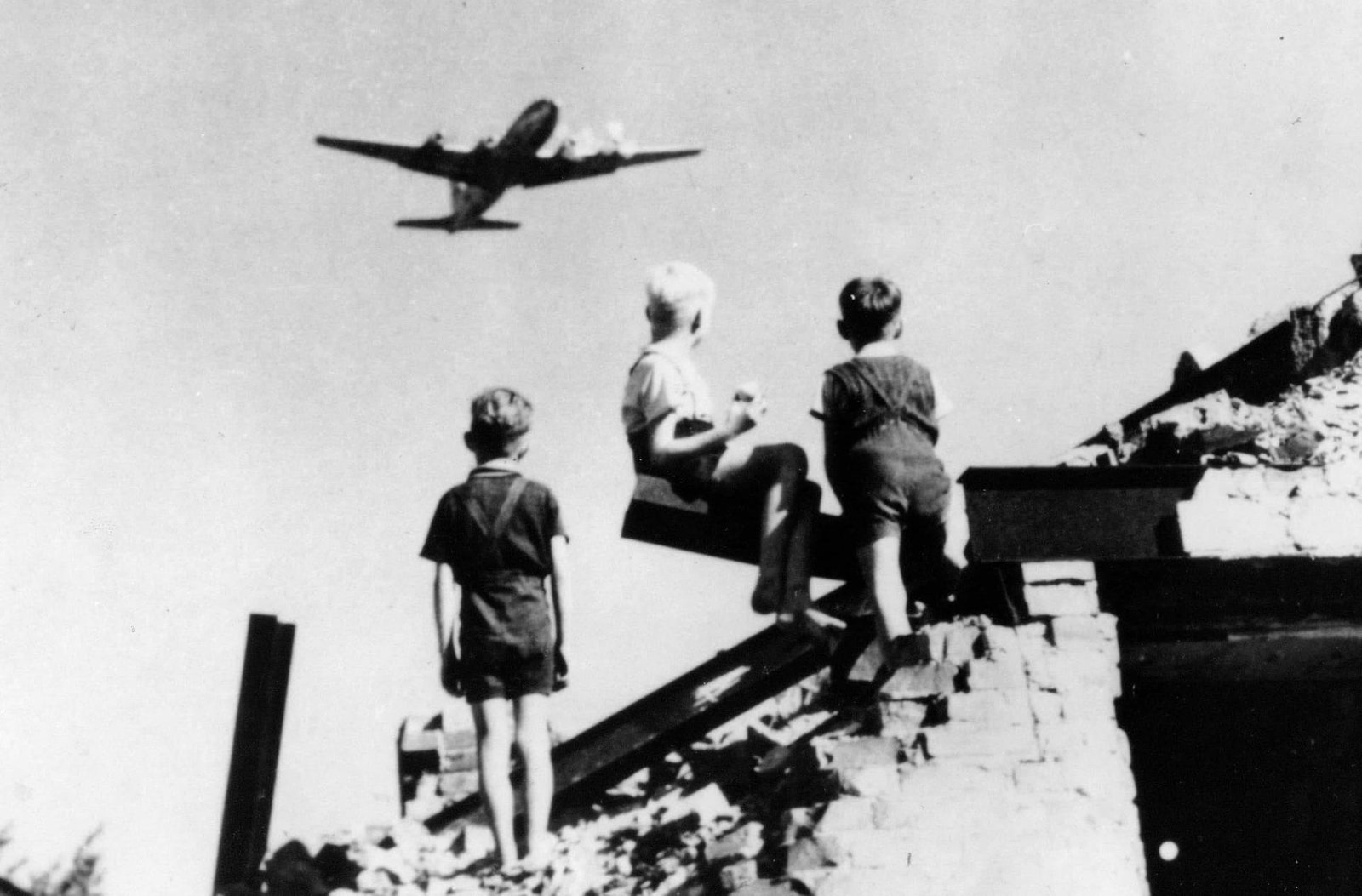We live in an increasingly interconnected world, where interactions across cultures are becoming the norm. From bustling international airports to virtual meetings spanning continents, we are constantly engaging with people whose backgrounds, beliefs, and communication styles differ from our own. Decades of globalization, increased travel, and the rise of the internet have connected us in unprecedented ways, fostering a sense of a global village.
Yet, paradoxically, even with this increased integration and movement of people, we seem to be drifting further apart than ever. We witness rising nationalism, cultural clashes, and a growing sense of polarization, both online and offline. This dissonance highlights a critical challenge: while we are geographically and technologically closer, our ability to truly understand and connect with each other on a cultural level seems to be lagging behind.
While cultural differences may complicate communication, they also pave the way to profound connections. Cross-cultural connections take us on a journey of learning, adaptation, and ultimately, building bridges of understanding in a world that desperately needs them.
The Berlin Airlift: A Story of Necessity, Misunderstanding, and Unity
The period immediately following World War II saw the world grapple with the consequences of global conflict. Nowhere was this more evident than in Berlin, a city divided and vulnerable. In 1948, the Soviet Union imposed a blockade on West Berlin, cutting off vital supplies and threatening its inhabitants with starvation. This act, born from political and ideological differences, highlighted a profound failure of communication and understanding between the Allied powers and the Soviet Union.
Initially, the situation seemed bleak, a stark illustration of how cultural and political divides could lead to near-catastrophic outcomes. The Western Allies, particularly the United States and Britain, faced a monumental challenge. How could they supply an entire city without resorting to military conflict?
The solution, the Berlin Airlift, was an unprecedented feat of logistics and international cooperation. For nearly a year, Allied planes flew around the clock, delivering food, fuel, and other essential supplies to West Berlin. This operation was not without its own communication challenges. Imagine the complexities of coordinating thousands of flights from different countries, with diverse languages, procedures, and cultural norms. Pilots, ground crews, and air traffic controllers had to find ways to work together seamlessly, often under immense pressure and with little room for error.
Still, in the face of adversity, something remarkable happened. The shared goal of helping the people of West Berlin transcended cultural and linguistic barriers. American pilots learned to communicate with German civilians, British engineers collaborated with local workers, and a sense of common purpose emerged. This massive, sustained effort fostered a unique kind of connection – a connection forged in the crucible of crisis.
The Berlin Airlift became a symbol of hope and resilience, not just for the people of Berlin, but for the world. It demonstrated that even in the aftermath of a devastating war, and despite deep ideological divides, humanity was capable of extraordinary cooperation and empathy. It was a testament to the power of communication, not just as a means of exchanging information, but as a tool for building bridges and fostering unity.
Consequences of the Berlin Airlift
It’s important to acknowledge that the Berlin Airlift, while a testament to cooperation, also had significant consequences that shaped the geopolitical landscape of the Cold War. The blockade and airlift led to increased tensions and division between East and West, solidifying the Cold War divide. The airlift also helped to solidify the division of Germany into East and West Germany, setting the stage for decades of political and social separation. The Berlin Airlift is widely considered a major turning point in the Cold War, demonstrating the willingness of the Western powers to stand up to Soviet pressure, and further escalating the already tense relationship between the two superpowers. These consequences remind us that even acts of cooperation can have complex and far-reaching effects on the global stage.
Lessons for Our Interconnected World
The story of the Berlin Airlift offers valuable lessons for navigating our own increasingly interconnected world. The Spanish saying “Hablando se entiende la gente” – we understand each other when we talk to each other – is too simplistic. The Berlin Airlift reminds us that:
- Misunderstanding is a constant threat: Differences in language, culture, and ideology can easily lead to miscommunication and conflict.
- Shared goals can bridge divides: When people are united by a common purpose, they are more likely to overcome communication barriers and find ways to work together.
- Communication is more than just words: It involves empathy, patience, and a willingness to learn from each other.
- Connection is possible, even in the most challenging circumstances: Even in the face of seemingly insurmountable obstacles, humans can find ways to connect and build relationships across cultural divides.
- Cooperation can have complex consequences: Even acts of collaboration can have unintended outcomes that shape future events.
In today’s world, we may not face a crisis on the scale of the Berlin Blockade. However, we do confront a multitude of challenges that require global cooperation and cross-cultural understanding, from climate change to economic inequality to pandemics. The lessons of the Berlin Airlift – the importance of perseverance, collaboration, and empathy, coupled with an awareness of the potential for unintended consequences – remain as relevant as ever. By embracing these principles, we can strive to create a world where differences are not a source of division, but rather a source of strength and enrichment, while remaining mindful of the complexities of international relations.

